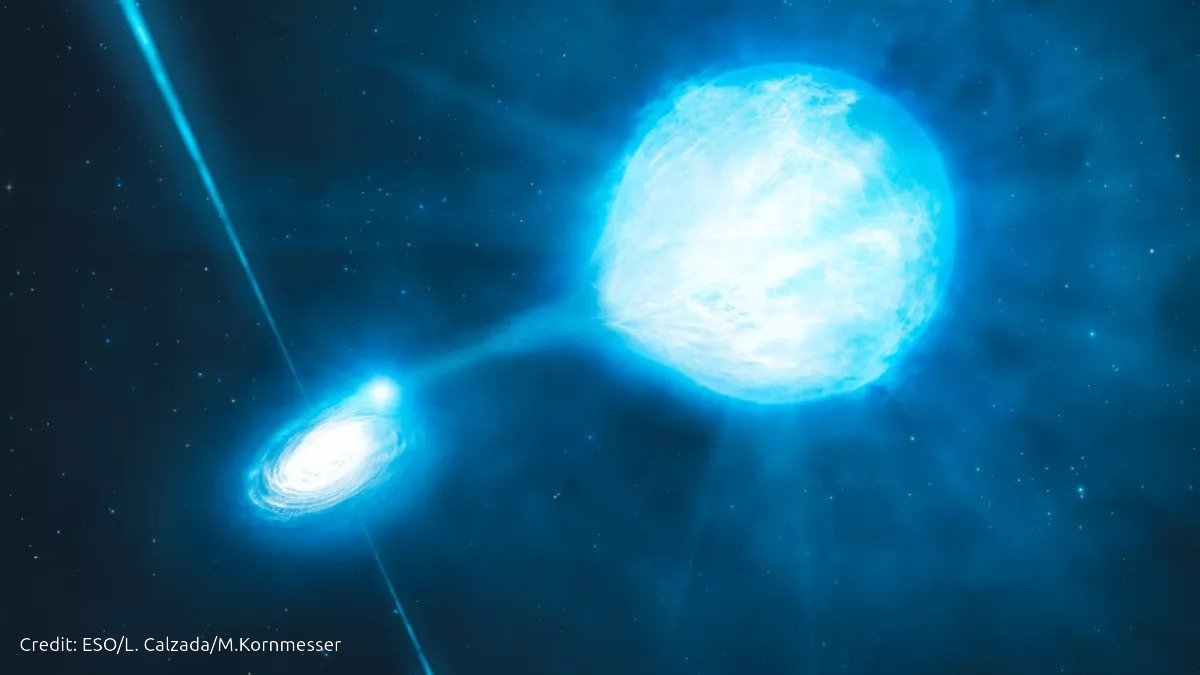
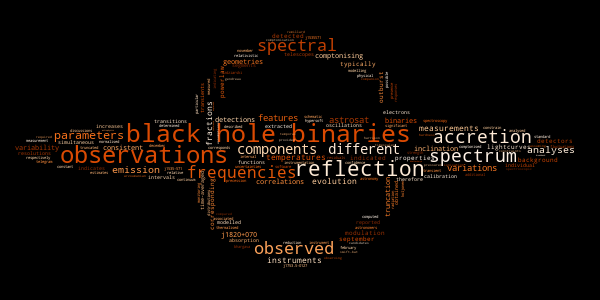
About me
I am an engineer who was always besotted by the stars and now I investigate some of these interesting systems in X-rays
to understand the physics in extreme spacetimes. During my research career, I have studied some of the unique X-ray binaries
(in which one of the stars is a compact object i.e. a black hole, a Neutron star or a white dwarf and the other is a normal star) using various X-ray observatories.
I am working as a postdoctoral fellow in the INAF Cagliari Astronomical Observatory (also called INAF-OAC) at Cagliari, Italy.
Previously, I worked in the Department of Astronomy and Astrophysics
at Tata Institute of Fundamental Research as a Postdoctoral fellow.
I did my PhD from Inter-University Centre for Astronomy and Astrophysics (IUCAA), Pune
and my engineering in Energy systems at Institute of Technology Bombay (IITB), Mumbai. I am life member of Astronomical Society of India.
Recent Work
Studying accretion and Comptonization in Neutron Star binaries

X-ray properties of neutron star binaries.
Neutron star binaries are one of the unique laboratories which provide extreme environments to test accretion physics, General Relativity, physics in extreme magnetic fields and behaviour of extremely dense matter, all in one nice system. I used X-ray observations to probe the accretion dynamics and magnetic field structure of various Neutron star binaries. Recently, we were granted observations with a new polarimetry mission, IXPE, to observe one of the weakly magnetized (at least by the standards of neutron stars) accreting neutron star binaries. We conducted a multi-wavelength campaign to investigate the source properties. Preview of these results are available here and here
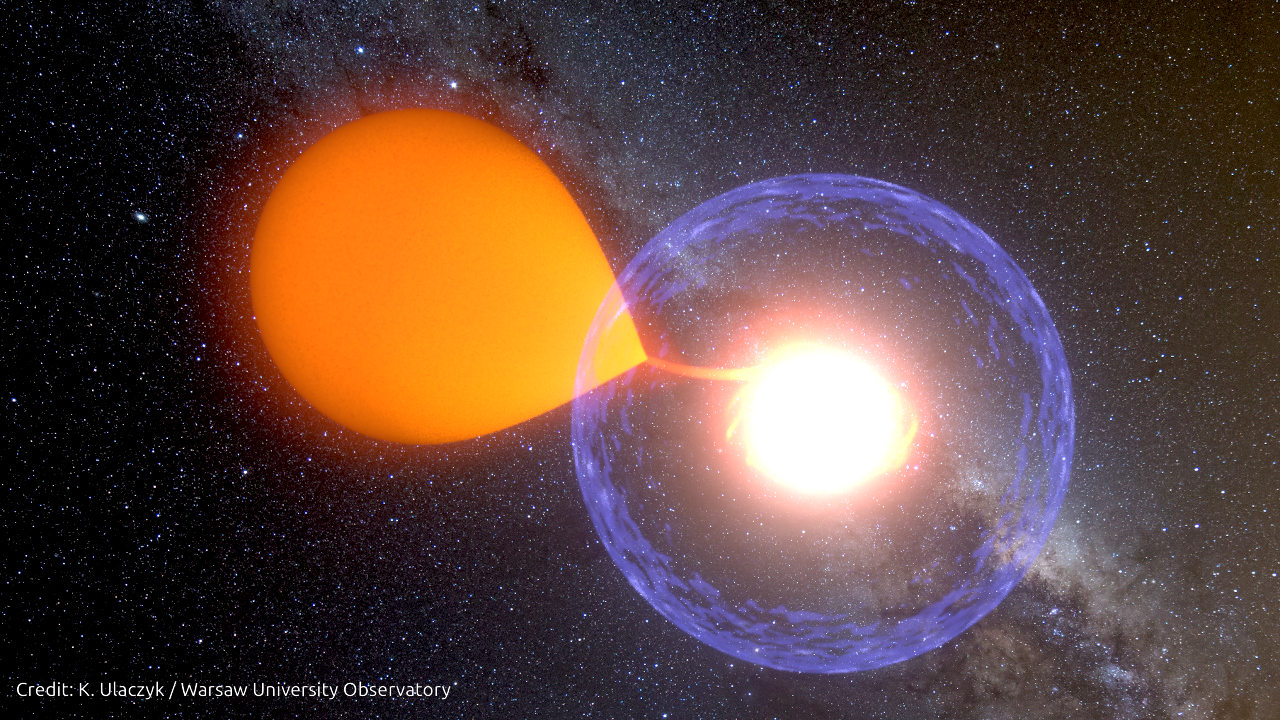
Emission of Magnetic Nova in X-ray and UV wavelengths
A classical Nova arises when a White dwarf accretes enough matter onto its surface from its companion star. The magnetic field of the white dwarf often channels the matter at its poles leading to where an ignition can occur leading to an outburst observable in soft X-rays and Ultra-violet wavelengths. Using simultaneous observations from Soft X-ray Telescope and Ultra-Violet Imaging Telescope onboard AstroSat, it becomes possible to probe these outbursts and understand the specific properties of these sources. We characterised some of the X-ray and UV properties in our published work. Some more interesting physics is being investigated and keep a look out for our next work.
Probing black holes using X-rays
Measuring the spin of the Black Hole
Astrophysical black holes can be typically characterised by two properties. Mass and Spin. Mass of the black hole is easier to measure as the effect of the mass is also felt by the companion star (if any). The effect of the spin is often limited to the vicinity of the black hole. The X-ray observations are key to estimate the spin of the black holes as the matter when reaches these regions become extraordinarily hot (roughly million degrees centigrade). I have utilised the variability observed in such a system to estimate the spin of the black hole using Relativistic Precession Model. See the technical details of the work here.
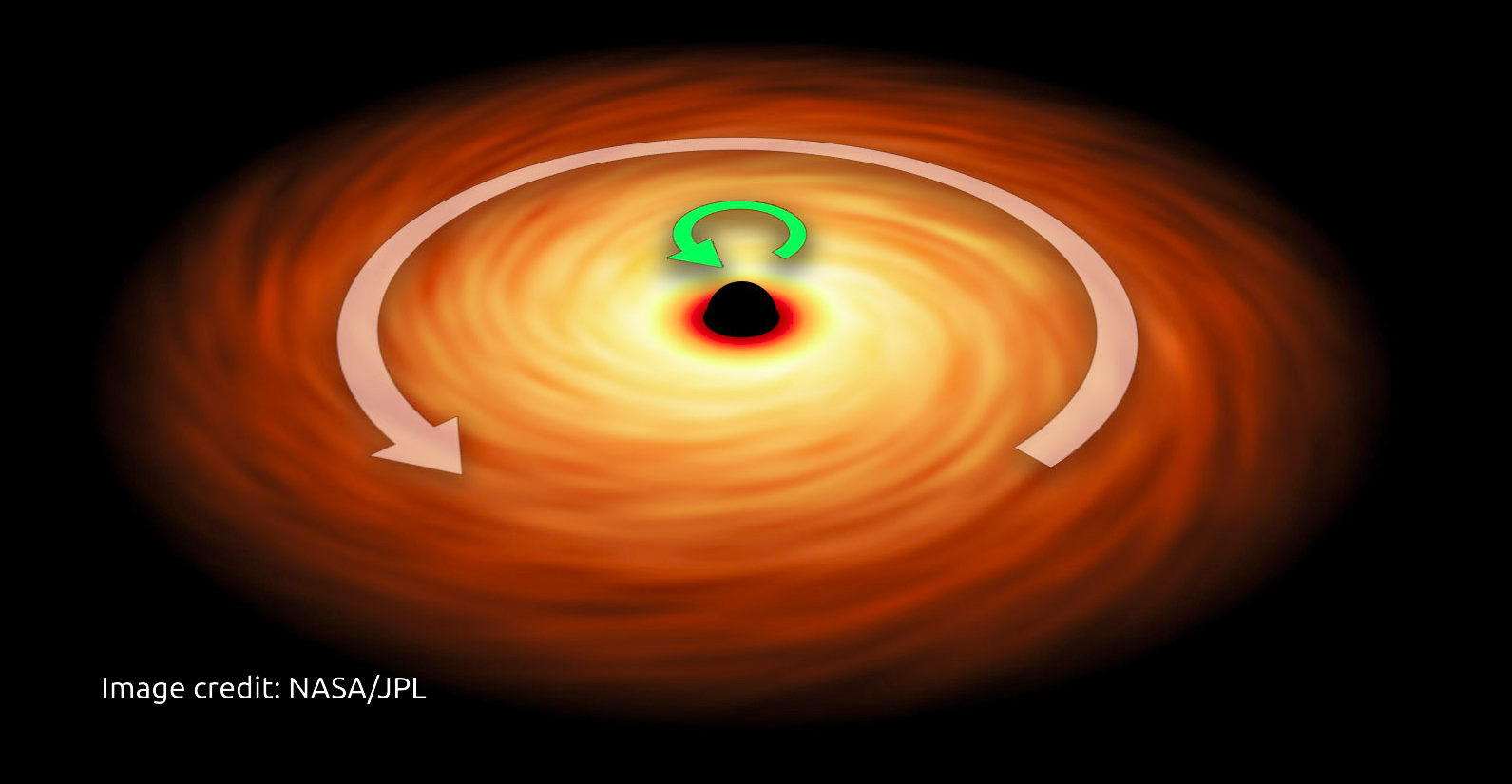
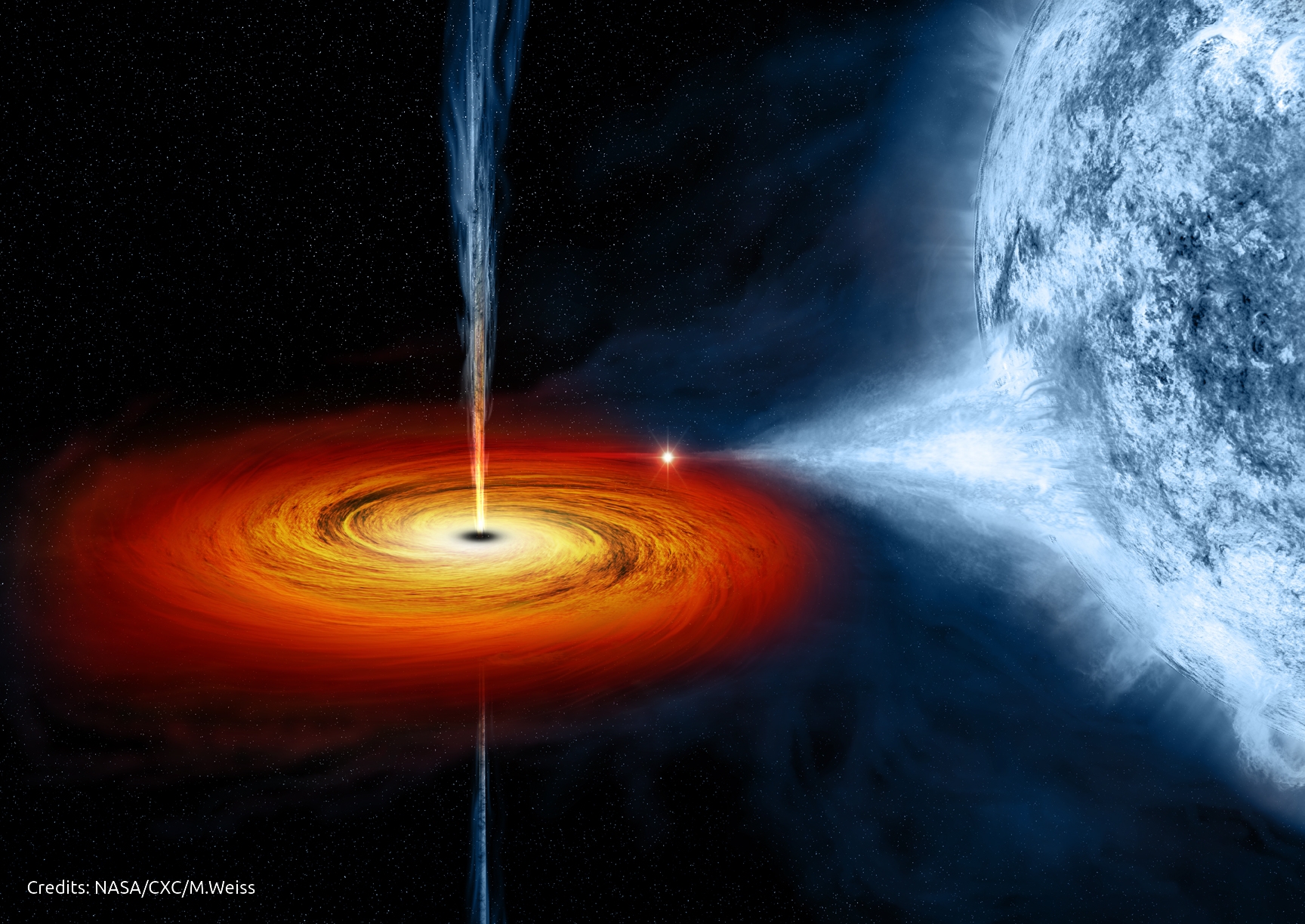
Linking the Spectral and Temporal properties of accretion disk
Accretion disks in Black hole binaries often show a peculiar signature known as a Quasi-periodic oscillation. The origin of this oscillation is hotly debated as different models fail to explain all the properties of the oscillation. I use the observations from AstroSat, NICER and NuSTAR to study the evolution of the emission in soft to hard X-rays and characterise the source. I have written a popular level article for Cosmic Varta on one of my works.
